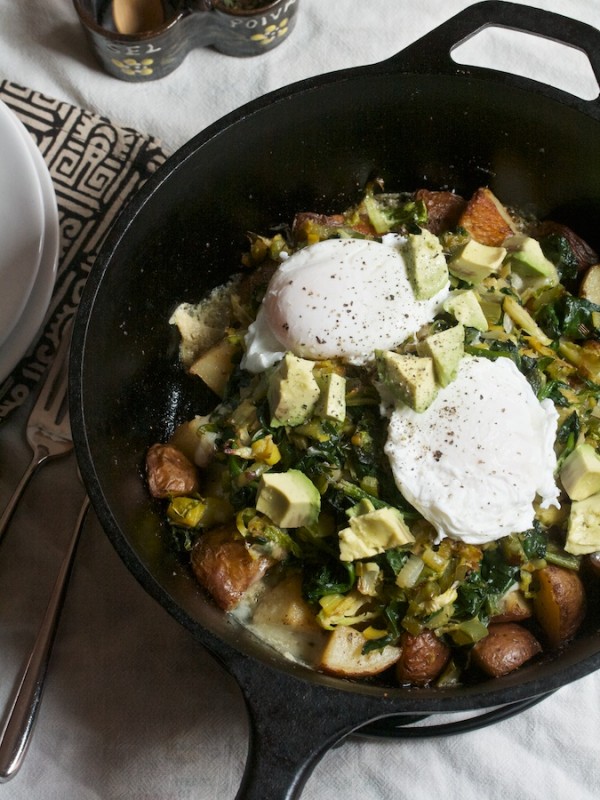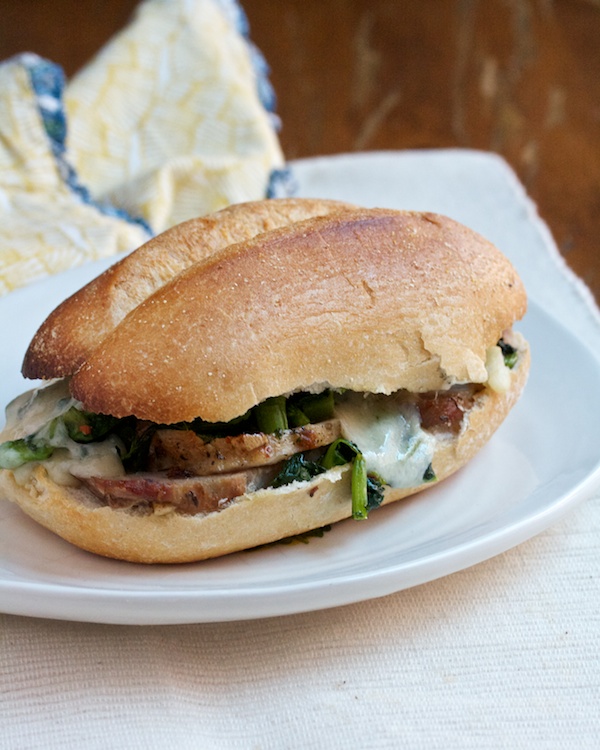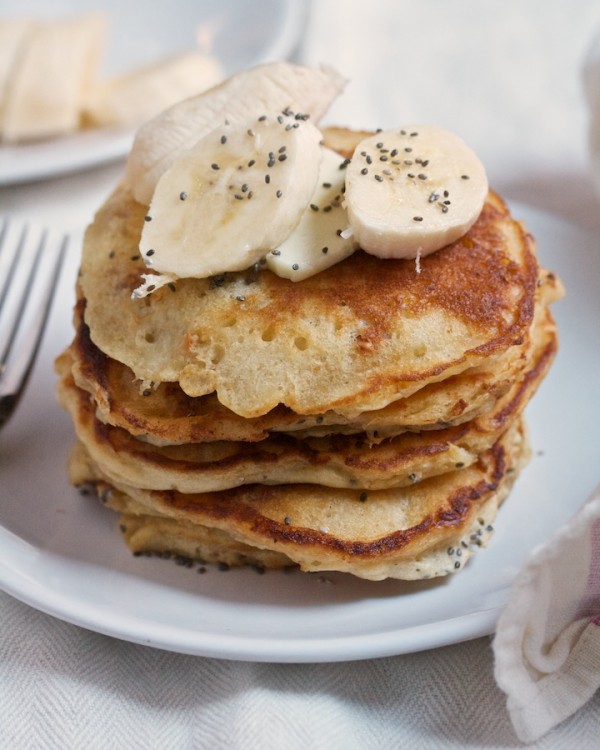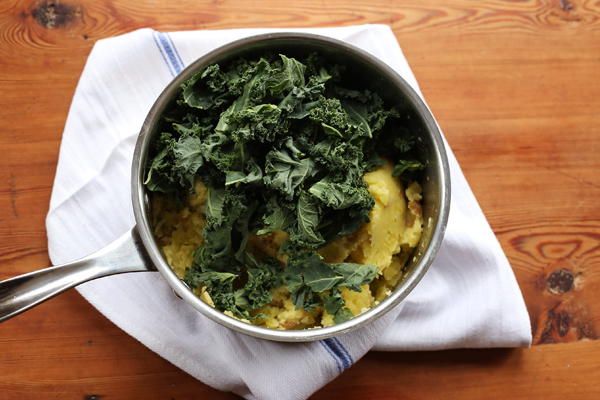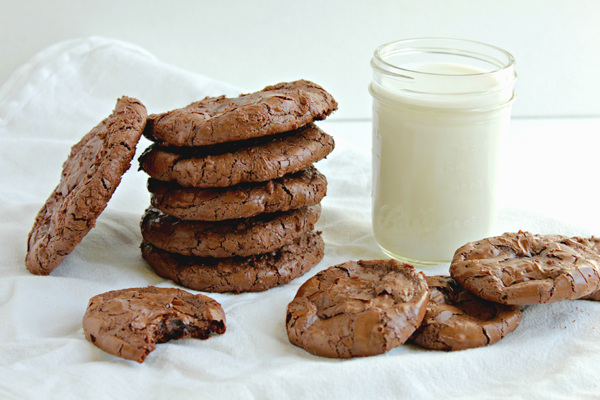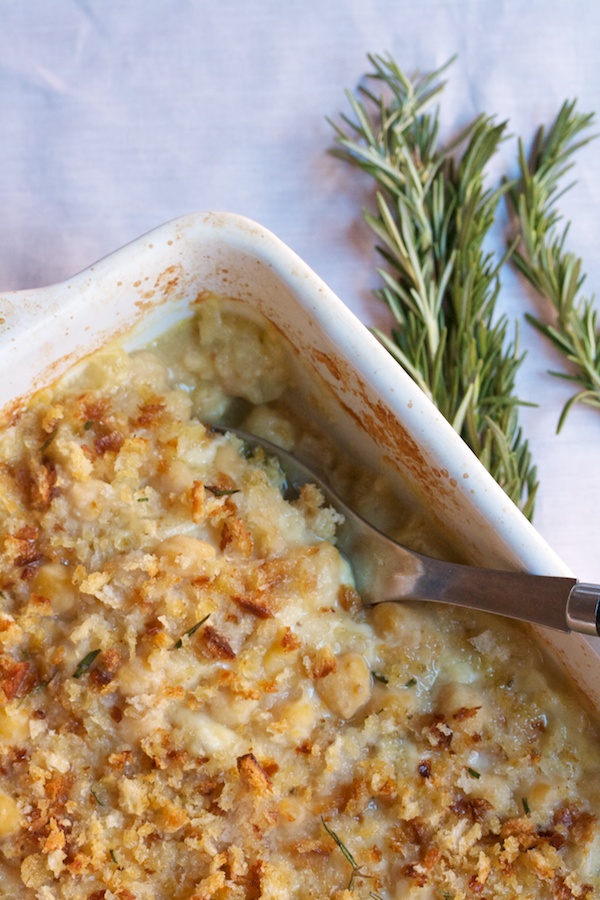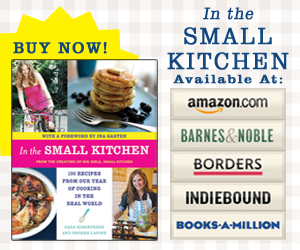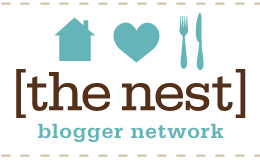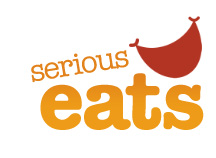The best food I cook comes from recreating imaginary dishes. I don’t usually know where my cravings spew from, but all of a sudden I’ll be steaming onions in turmeric for tagine, and I’m perfectly happy with the situation. After all, the best long-term way to keep yourself in the kitchen is probably to make what you want, consciously or unconsciously, so that the result is satisfying enough that dirty dishes don’t put you off cooking for weeks to come.
Philadelphia-Style Roast Pork & Rabe Sandwich
A sandwich with meat, cheese, and a real vegetable inside? I should know about this.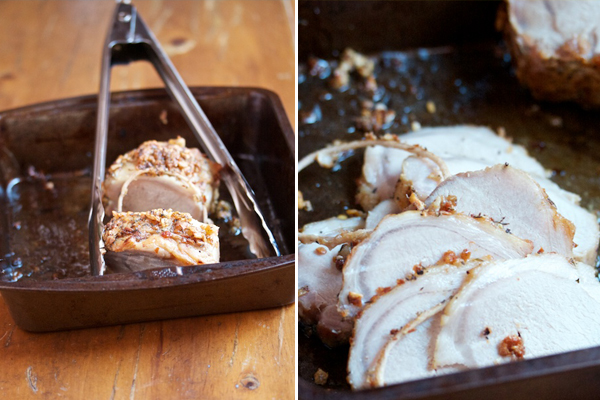
That’s what I thought when, in researching a piece on Philly Cheesesteaks, I got extraordinarily distracted by the discovery of the steak hero’s porky brother, the Roast Pork Sandwich. While most sandwiches claim a couple tomato slices or some lettuce as all their vegetables, this sandwich has a heap of sautéed broccoli rabe inside with the pork and the cheese. That makes it, in my book, a complete meal, and therefore a dish I should know about.
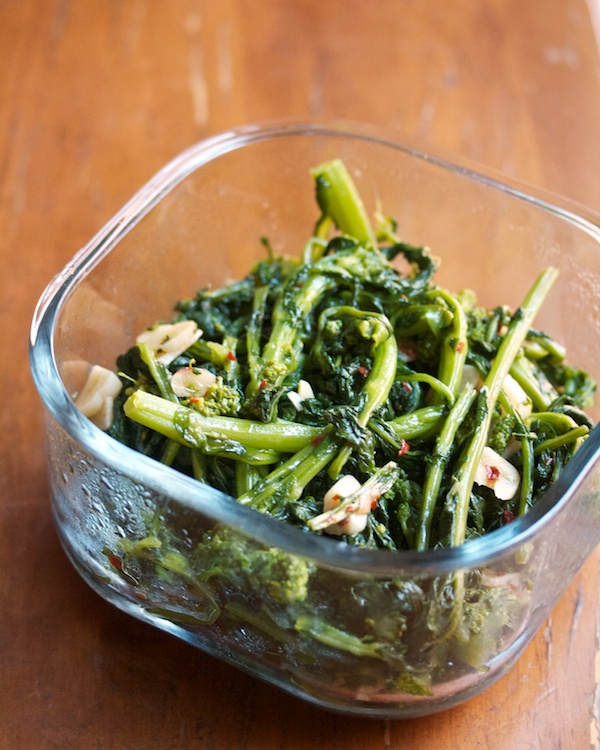
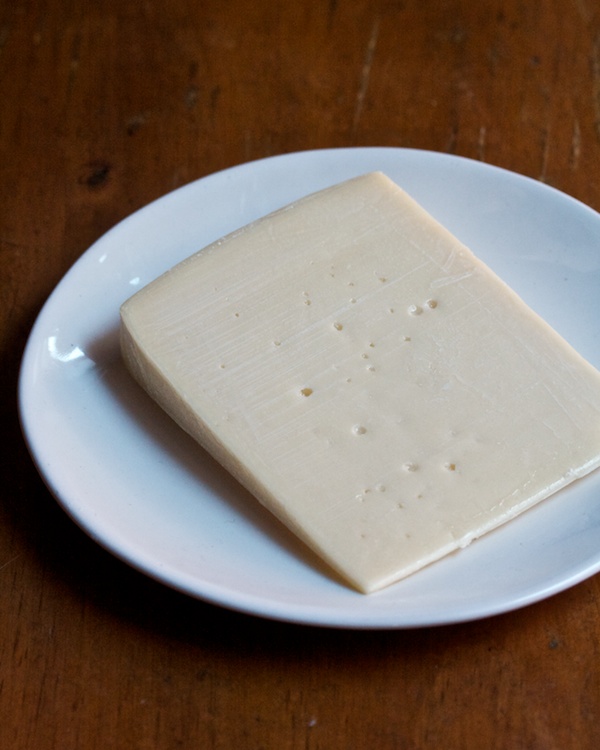
Even better, both the pork and rabe can be seasoned and cooked in advance, making this satisfying sub accessible on a weeknight if you do some cooking over the weekend.
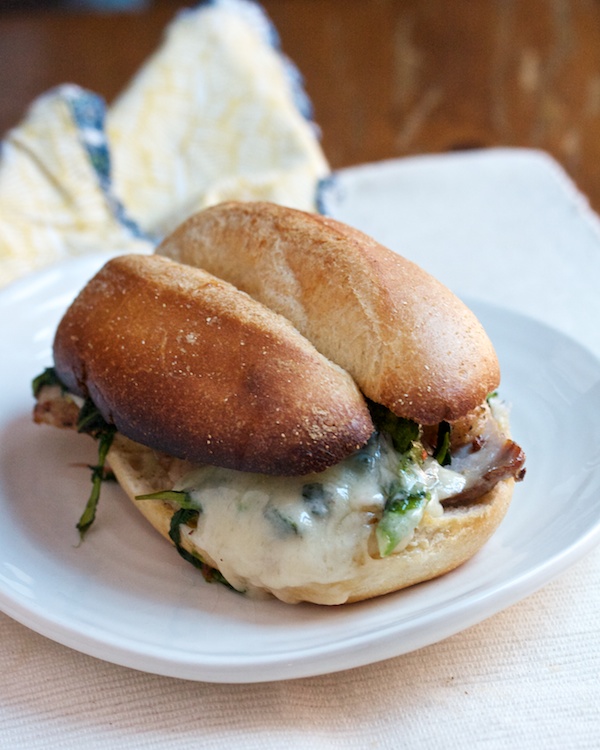
Normally, the cheese melted on top the pork and rabe is aged provolone. But here I use Roth Cheese’s nutty alpine-style melting cheese, which really rounds out the sandwich.
Do you have a favorite pancake recipe? Rosa Parks did: hers had peanut butter in the batter.
In This Small Kitchen: The Grains We’re Eating Now That Quinoa Is Expensive
The other day, I looked at the price on the box of quinoa and saw a stamp of $7.99. Twelve ounces of Ancient Harvest brand quinoa (by far the best-tasting) had soared up to eight dollars! From 2007 to to 2013, the price per pound of quinoa doubled, but this was the first time I’d seen the box retail for quite that much. I put it back, went home, and started eating farro.
The story makes sense. The rebranding of quinoa as a superfood turned it into a grain we ate all the time. But unlike rice, which has long fed the world’s daily habits and has production mechanisms more able to meet demand, quinoa growing remains the province of Peru and Bolivia. Yield has increased, as have exports, but probably not enough to power the 4.4 million quinoa salad recipes on the internet. So, the price goes up, and maybe those of us who aren’t willing to pay a premium back off.
And where will we go? In case you, too, are reeling from the price hikes, I’ve made some notes on the grains, legumes, and nuts we’re eating instead of our bi-weekly quinoa. In looking to substitute for quinoa, I try to account for two aspects of the seed that have made it so popular: it’s a complete protein, and every bite delivers a lovely caviar-like pop. If you haven’t tried some of the grains I mention below, then quinoa might have one more power: as the gateway grain.
This winter has gotten me hungry for travel, and I’m delighted to introduce this post, by Carly Diaz, which transports us to the kitchens of Amsterdam. It’s a recipe for a traditional mashed potato and kale dish called Stamppot that I know we should make one of our wintry edible traditions back home.
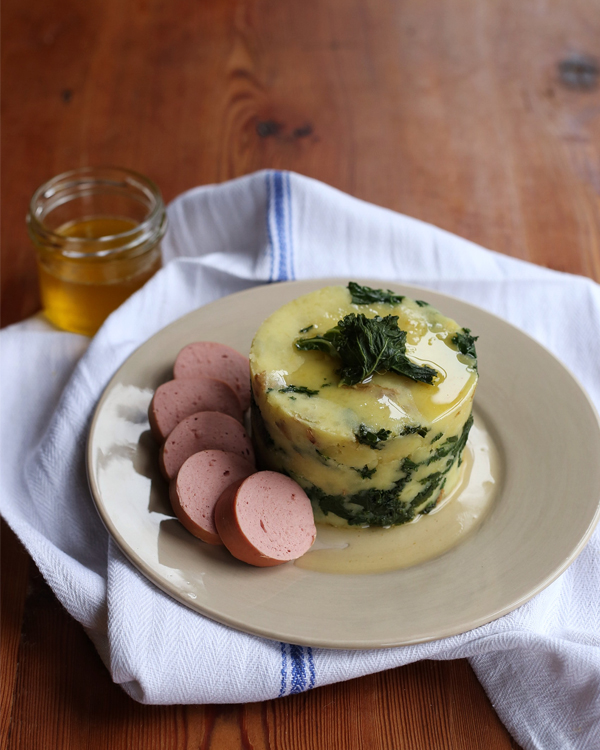
Stamppot is one of the most traditional dishes in the Netherlands, a straight-from-grandma’s-kitchen kind of meal. Hearty and simple, it can be bought ready-made from the ubiquitous Dutch grocery store chain Albert Heijn or easily made at home. Translated as “mash pot,” it is essentially mashed potatoes and vegetables with a sausage on the side, and the recipe can easily be customized to your preferences and the contents of your fridge.
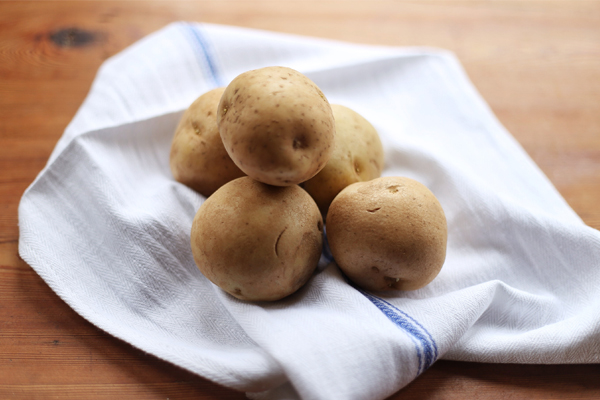
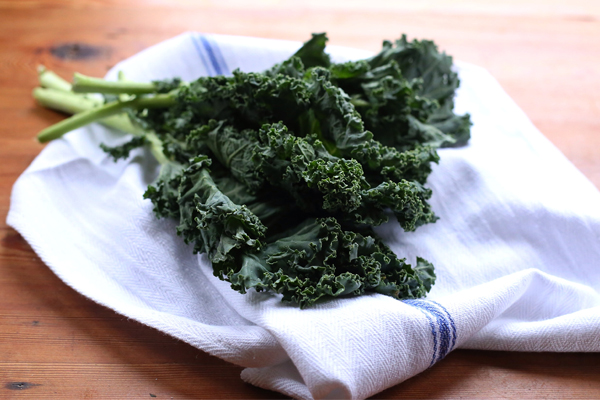
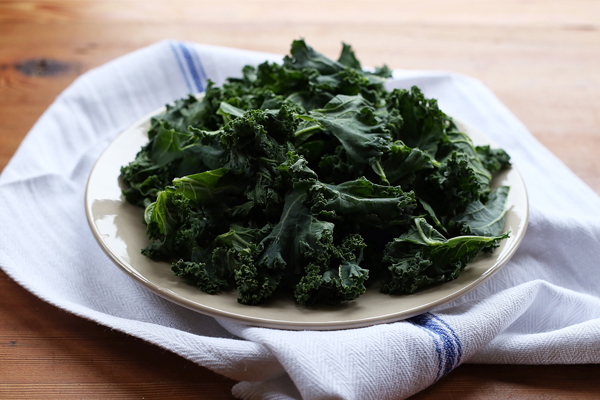
This quintessential meal perfectly captures the Dutch spirit of pragmatism. Stamppot is a utilitarian dish through and through - meant to fill the belly using inexpensive ingredients that are readily available pretty much year round. You can easily picture a working-class Dutch family in a century past gathered around the table with steaming plates of Stamppot. The dish has staying power though and remains a favorite today.
Although I lived in Amsterdam for nearly seven years, I only had Stamppot a handful of times: at a kitschy Dutch-food restaurant, as a half-joke at a going-away party for a colleague (part-joke because there is nothing very festive about Stamppot and part-serious because it was actually his favorite food), and at home when I received a large bunch of endive in my weekly CSA with an accompanying Stamppot recipe. But once I moved back home to Portland, Oregon, making Stamppot kept me connected to the country I called home for so many years.
Flourless Chocolate Brownie Cookies
Some days require a quick chocolate fix, and these gluten-free cookies are just the ticket.
Deeply fudgy and altogether satisfying, they take just minutes to whip up and don’t require any flour. I think they might be a miracle cookie. With a crispy outside and a brownie-like fudgy interior, there is something for every chocolate lover in these cookies. A glass of milk is almost a required accompaniment. When a midnight craving hits, keep this recipe close at hand. That is, if you don’t memorize it after the first few times making it.
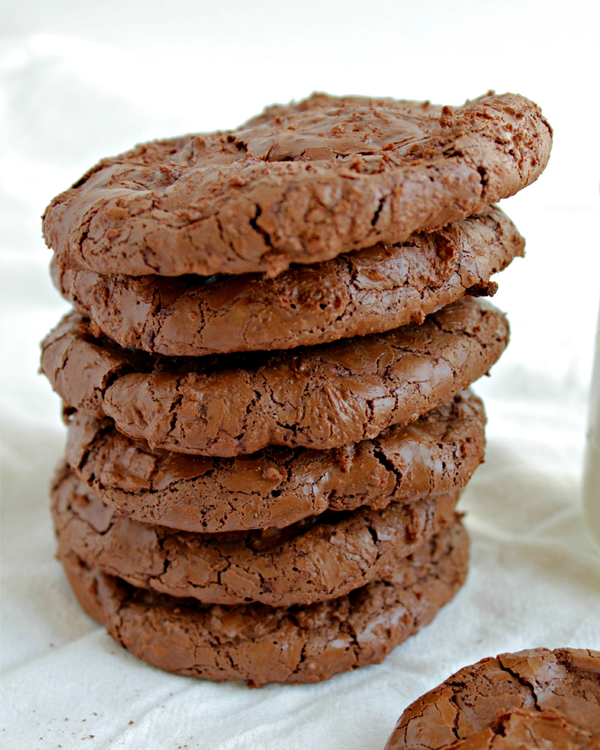
I like to think these are healthy-ish, too, with no butter or egg yolks to speak of. The espresso powder is optional, but if you have it on hand (perhaps from making the Cappuccino Marshmallows), you won’t notice a coffee flavor, but instead a more intensified chocolate flavor. Parchment paper will make taking these delicate-when-hot cookies off the tray much easier. If you wait until they cool, they are prone to fall apart, so grease the cookie sheet well or use parchment paper and slide them onto the cooling tray while still warm. They retain their fudginess when cooled, but are especially delicious warm.
Natalie of Good Girl Style joins us each month to share incredible desserts with Big Girls, Small Kitchen readers–desserts that are entirely gluten-free, but not like obviously gluten-free. That means no specialty flours or hard-to-find ingredients, just lemons, lemons, and more lemons. Want even more GF desserts? Check out Natalie’s Lemon Pudding.
I love beans for a lot of reasons, but my affection definitely derives from their price. Beans are cheap. Even the best beans are cheaper than almost anything else you can buy to eat. And they’re such a great reminder of how inexpensive cooking for yourself is, if you stay aware. Eliminate some of the frou frou trendy ingredients you see in the magazines, and notice, at the grocery store, that quinoa’s price has doubled (!), and you can feast almost every day for a couple of dollars per meal, a price that might allow for an occasional culinary splurge, whether in the kitchen or out.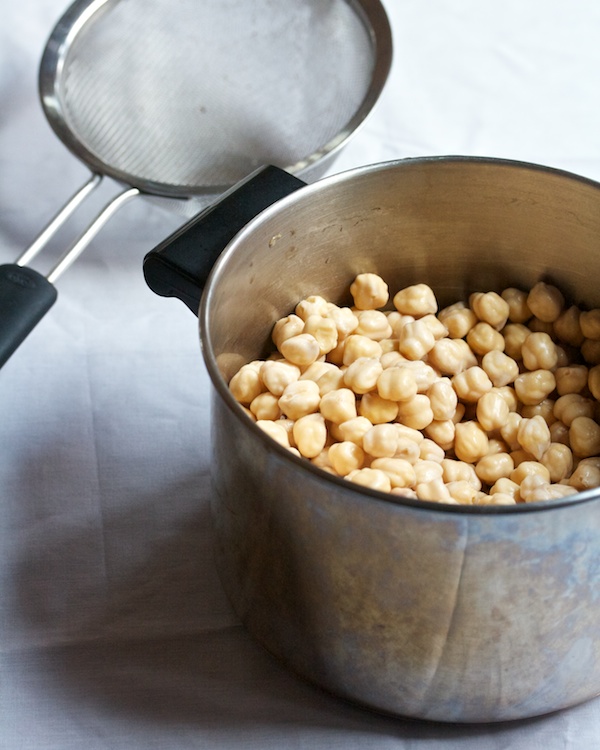
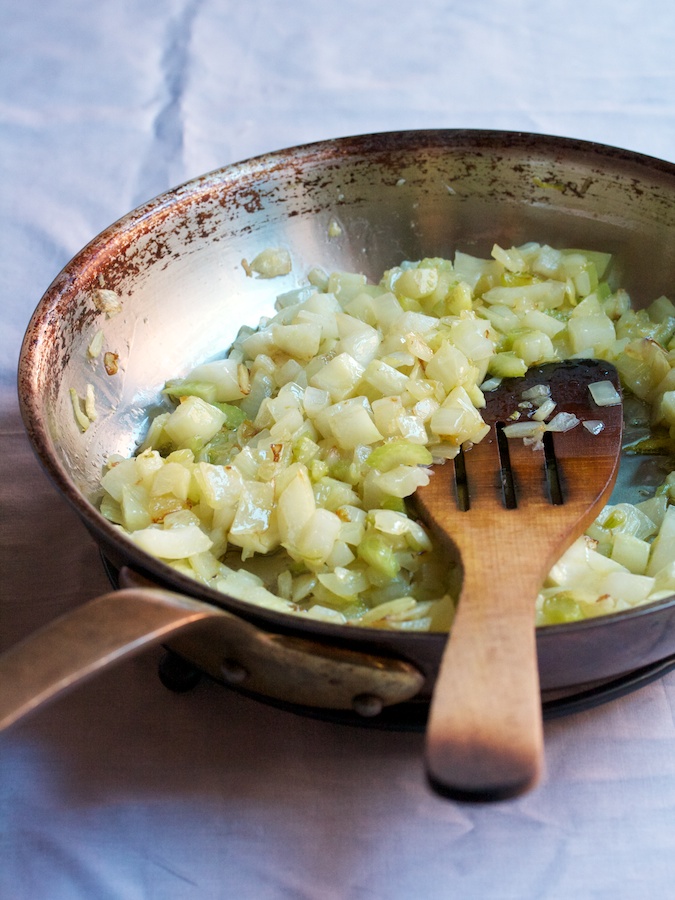 But it wasn’t long before I started loving beans for their taste and easy prep. Cooking up a pot from dried almost doesn’t feel like cooking, your pot’s just simmering there in the background, barely any of your attention needed to make all sorts of meals possible. If you’ve never made hummus from total scratch, that’s a great place to start with bean cookery.
But it wasn’t long before I started loving beans for their taste and easy prep. Cooking up a pot from dried almost doesn’t feel like cooking, your pot’s just simmering there in the background, barely any of your attention needed to make all sorts of meals possible. If you’ve never made hummus from total scratch, that’s a great place to start with bean cookery.
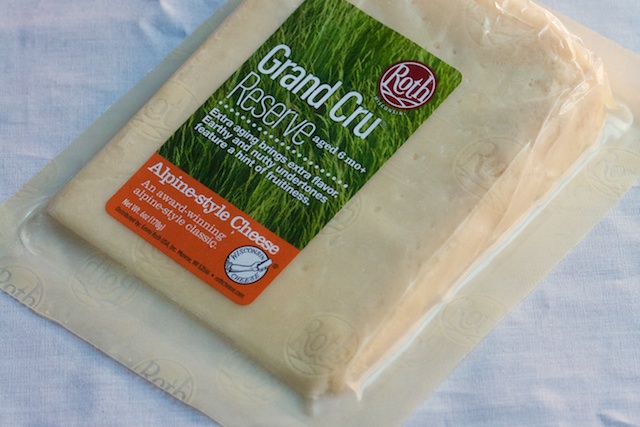
I put a few things in with the beans when I cook them, most importantly olive oil, because it makes the beans creamy. Garlic, onion, and fennel also help add flavor. I’ll eat a bowl of freshly cooked beans with their broth and even more olive oil drizzled on top, and some breadcrumbs if I have them, and that humble bowl is what inspires this far less humble gratin.
That and mac ‘n cheese.

